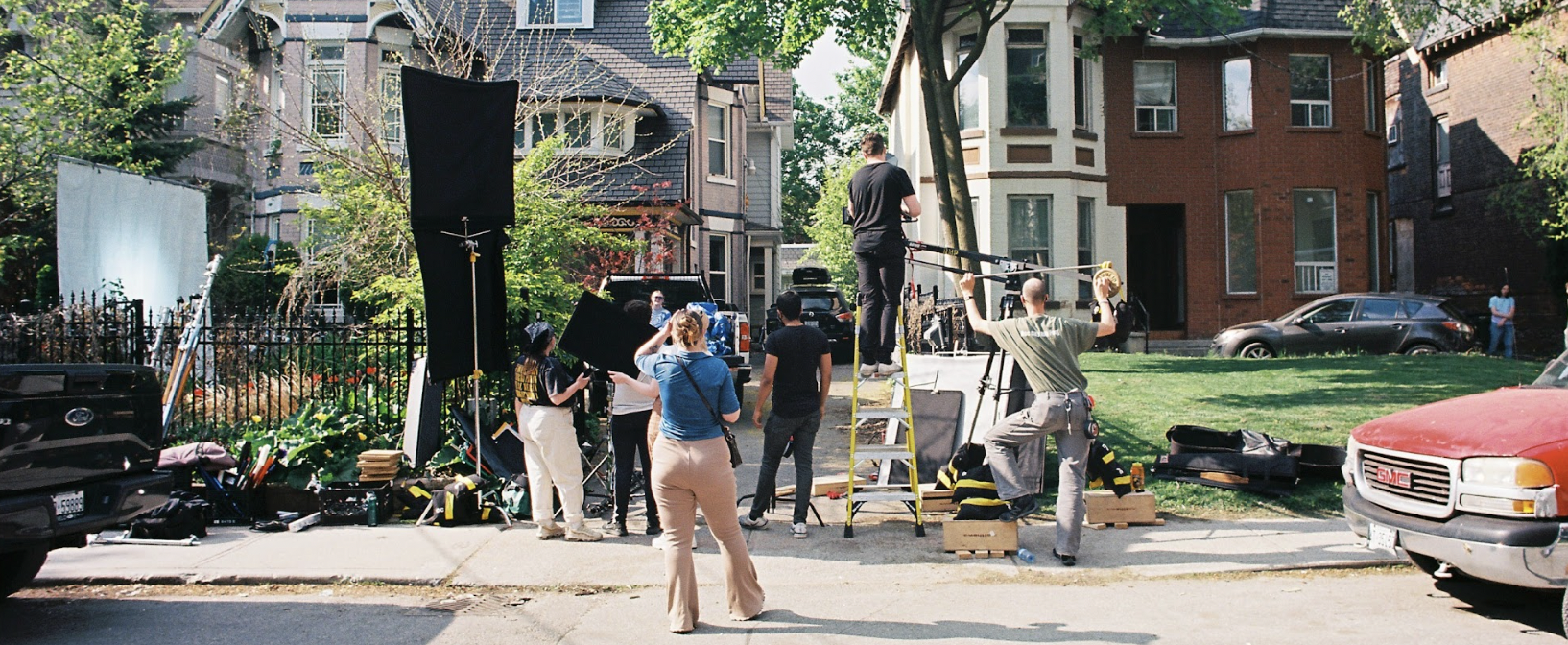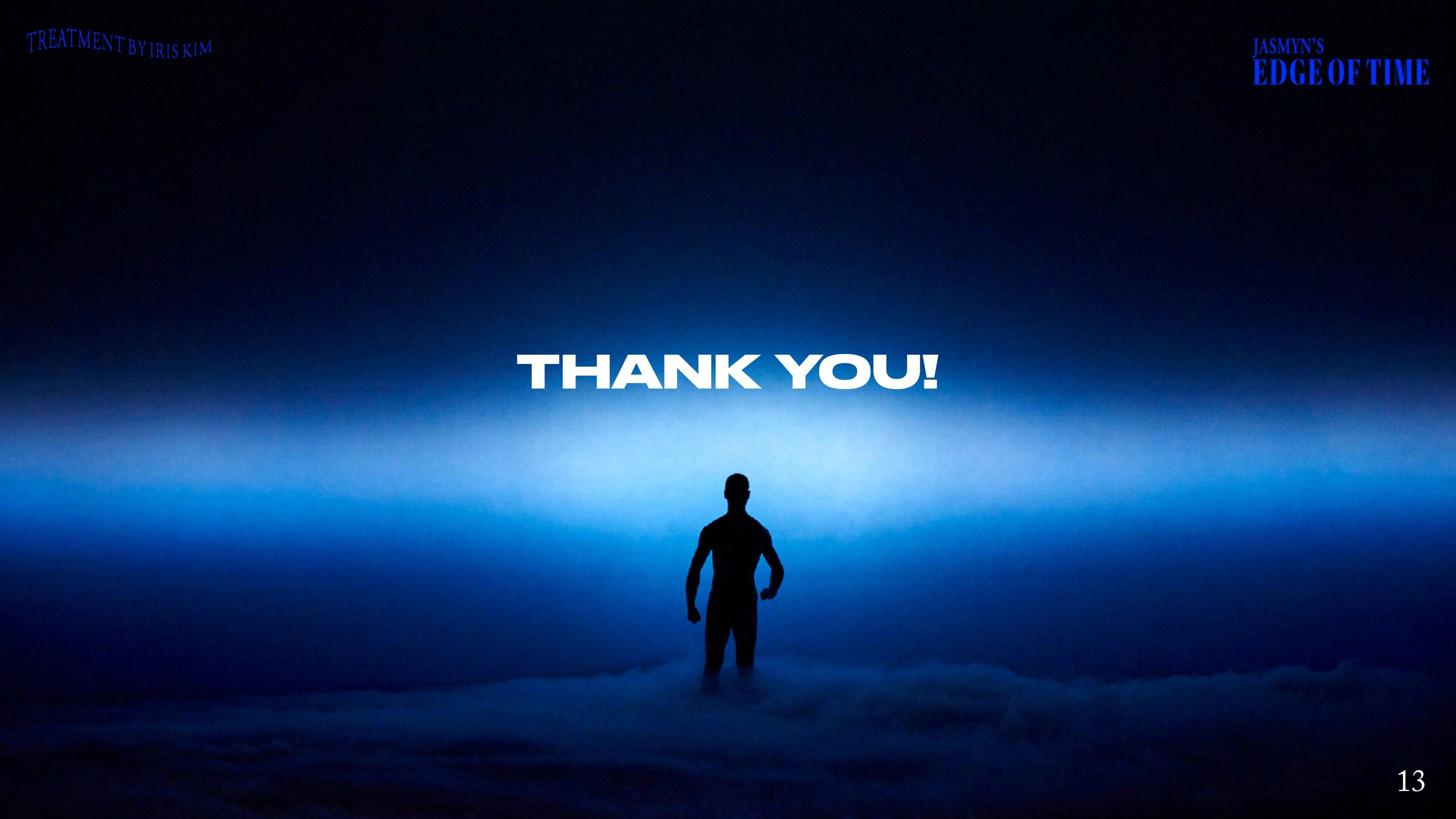Music video Treatments:
DO’S & DON’TS
Creating your music video treatment is one of the earliest steps in the music video production process and the most crucial. The details within your treatment help determine the artistic vision of the piece, TO OUTLINE the cast/crew you’LL need to hire and TO HELP finalize the budget needed to complete the project.
What should you include in your treatment to ensure your artistic vision is conveyed accurately? We’ve put together some DO’s and DON’Ts FOR creating your music video treatment to help ELEVATE YOUR NEXT MVP submission.
DO - COLLABORATE WITH THE RECORDING ARTIST
Before getting started, keep in mind that the treatment should represent the specific song you’re creating visuals for, as well as the recording artist’s overall artistic identity. Ensuring the artist is well-represented in the treatment requires thorough research on their music releases, music videos, previous album artwork and interviews to ensure the music video elevates the world they’ve created with their music. The strongest music video pitches come from artists and directors in close collaboration, and communication is your best tool for ensuring the best ideas are brought to life.
When I’m working with artists to reveal another layer of their work, it’s really important for me to understand myself as a helper and guide, rather than a shot calling boss. I study and learn the minutia of an artist’s artistic identity, because the work has to come from that place to be authentic and have power. Ceréna is truly an angel on earth - healing, transformation, justice and growth are key to Ceréna’s message, and so I knew the MV for IWBO needed to celebrate emotion, mark a journey of healing and show the benefits of letting go and saying yes to the cliff’s edge - letting it take you to the next level.
// Kyisha Williams, Director
DON’T - Rush your treatment
Art takes time! Allow yourself space to listen to the song, be inspired, collect/create visual elements and do your research before diving head first into the creation of your treatment. Look for inspiration for the story and aesthetic feel of your music video in movies, TV shows, other music videos, local art exhibits, on Instagram, fashion photography and other art you respond to.
Will your video be narrative-driven with actors? Will the recording artist be performing choreography? Could it be fully animated? The medium chosen for your video is just as important as the story you’d like to tell.
Consider these questions and collect images to support the answers before you begin creating your treatment. These pieces become the building blocks that help demonstrate your overall vision for the project.
DO - Make your treatment visually appealing
A music video treatment is a visual document and should convey your artistic vision of the video the moment your eyes meet the page.
MVP08 Recipient Director Roya Del Sol’s treatment for a l l i e’s SoundBoi is a notable example of how you can include important written details of the video while also placing emphasis on the video’s expected aesthetic, using plenty of sourced images that match the video’s vision.
“I tend to make very wordy treatments, so this treatment is actually the result of me issuing myself a personal challenge to go much lighter on the text. I sourced images from a variety of places -- I regularly save images constantly to my computer and phone as visual inspiration, regardless of what current projects I'm working on, so that's usually the first place I start to pull from. I also took a bunch of screen grabs from videos in saved playlists I already have going on Youtube and other platforms; pulled some imagery from Shot Deck (an invaluable resource, check it out if you haven't already); and also pulled a lot of images from fashion magazines / fashion photographers I admire.”
// Roya Del Sol, Director
Some tools and programs you could use to help gather your visuals and format them into a treatment are Google Slides, Canva, Adobe InDesign, Notion etc.
DON’T - Make your treatment too wordy
While including many written details of what your video will look like and how it will be created are important, there are other documents that can support those written details separately from your treatment. Your treatment is an asset that summarizes the story of the video through words and visuals. They should complement each other to create a picture in your mind of what the video will look like.
For example, instead of breaking down your video shot by shot with only words, use visual elements to pair with the words to lead the storytelling. Make sure to separate your points with engaging headings that are relevant to your wording and visuals.
Your treatment should include, but isn’t limited to:
Synopsis of the Music Video’s Concept
Director’s Statement
Outline of Approach
Outline of Technical Elements
Visual Mood Board
DO - Make THE TREATMENT YOUR OWN
The elements outlined above are suggestions only. Music video treatments don’t adhere to a standardized format, and can be very simple or very intricate depending on the project that is being proposed.
Jurors are asked to review up to 60 applications each in a given round, and will only review the treatment in the time it takes to listen to your song a few times. This means you should do whatever you can to make your ideas jump off the page. You can go down the list and provide exactly what we’ve asked for, in order, but that might be a little dry for a juror. Instead, use the freedom to create and play with visual styles and formatting to give your treatment a unique look and feel; the same way you intend to make the final music video project your own.
TREATMENT FOR JASMYN’S “EDGE OF TIME”
“EDGE OF TIME”, JASMYN (MVP07)
TREATMENT FOR AMANDA SUM’S “DIFFERENT THAN BEFORE”
IRIS KIM SPOTLIGHT REEL
“DIFFERENT THAN BEFORE”, AMANDA SUM (MVP07)
MVP LABS: DIFFERENT THAN BEFORE
more TREATMENT EXAMPLES
We Direct Music Videos is a non-hierarchical organization of volunteers made up of producers and directors from all levels of experience, who are working to help the music video industry see itself as a community that can and should change for the better.
In addition to efforts to create Guidelines and Best Practices for the Pitching Process, WDMV maintains a database of treatments for popular videos that you can peruse to gain insight into your own music video treatment ideas.
MORE RESOURCES
MVP LABS: DONE IS DONE
MUSIC VIDEO THEORY EXPLAINER REEL
MVP LABS: MEET YOU AT THE LIGHT
MVP LABS: FOCUS











































